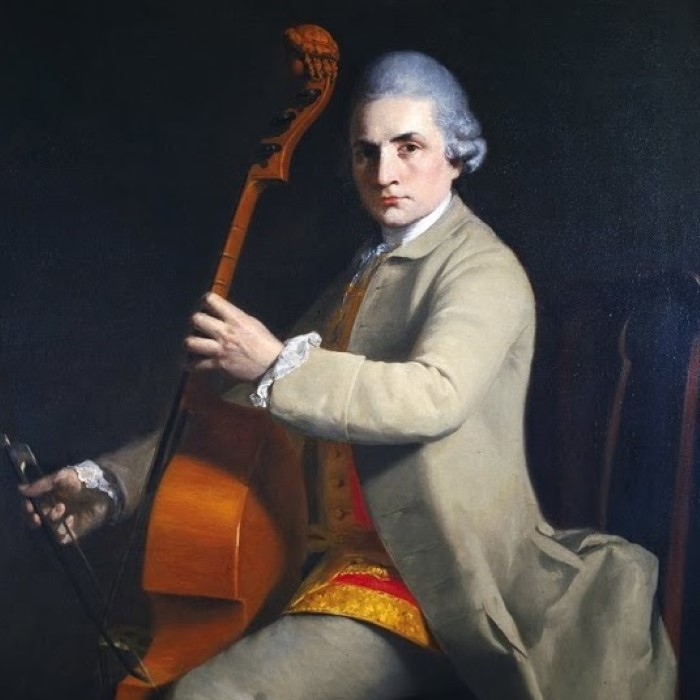Album Releases  view
view
Members
1 Male
Origin
 Deutch
Deutch
Genre
 Composer
Composer
Style
Classical
Mood
---
Born
1 Male
Origin
Genre
Style
Classical
Mood
---
Born
1723
Active ---
![]() 1787
1787
Cutout![]()
Alternate Name
Abel
No loved tracks found...
Artist Biography
Available in:
Carl Friedrich Abel (22 December 1723 – 20 June 1787) was a German composer of the Classical era. He was a renowned player of the viola da gamba, and produced significant compositions for that instrument.
Abel was born in Köthen, a small German city, where his father, Christian Ferdinand Abel, had worked for years as the principal viola da gamba and cello player in the court orchestra. In 1723 Abel senior became director of the orchestra, when the previous director, Johann Sebastian Bach, moved to Leipzig. The young later boarded at St. Thomas School, Leipzig, where he was taught by Bach.
On Bach's recommendation in 1743 he was able to join Johann Adolph Hasse's court orchestra at Dresden where he remained for fifteen years. In 1759 (or 1758 according to Chambers), he went to England and became chamber-musician to Queen Charlotte, in 1764. He gave a concert of his own compositions in London, performing on various instruments, one of which was a five-string cello known as a pentachord, which had been recently invented by John Joseph Merlin.
In 1762, Johann Christian Bach, the eleventh son of J.S. Bach, joined him in London, and the friendship between him and Abel led, in 1764 or 1765, to the establishment of the famous Bach-Abel concerts, England's first subscription concerts. In those concerts, many celebrated guest artists appeared, and many works of Haydn received their first English performance.
For ten years the concerts were organized by Mrs. Theresa Cornelys, a retired Venetian opera singer who owned a concert hall at Carlisle House in Soho Square, then the height of fashionable events. In 1775 the concerts became independent of her, to be continued by Abel and Bach until Bach's death in 1782. Abel still remained in great demand as a player on various instruments new and old. He traveled to Germany and France between 1782 and 1785, and upon his return to London, became a leading member of the Grand Professional Concerts at the Hanover Square Rooms in Soho. Throughout his life he had enjoyed excessive living, and his drinking probably hastened his death, which occurred in London on 20 June 1787. He was buried in the churchyard of St Pancras Old Church.
One of Abel's works became famous due to a misattribution: in the 19th century, a manuscript symphony in the hand of Wolfgang Amadeus Mozart, was catalogued as his Symphony no. 3 in E flat, K. 18, and was published as such in the first complete edition of Mozart's works by Breitkopf & Härtel. Later, it was discovered that this symphony was actually the work of Abel, copied by the boy Mozart—evidently for study purposes—while he was visiting London in 1764. That symphony was originally published as the concluding work in Abel's Six Symphonies, Op. 7.
In 2015 new manuscripts of Abel's viola da gamba music were found in the library of the Adam Mickiewicz University in Poznań, in a collection from the Maltzahn family palace in Militsch (now the town of Milicz in Poland, originally brought back from London by Count Joachim Carl of Maltzan
Wide Thumb
Clearart
Fanart

Banner
User Comments
 No comments yet..
No comments yet..










